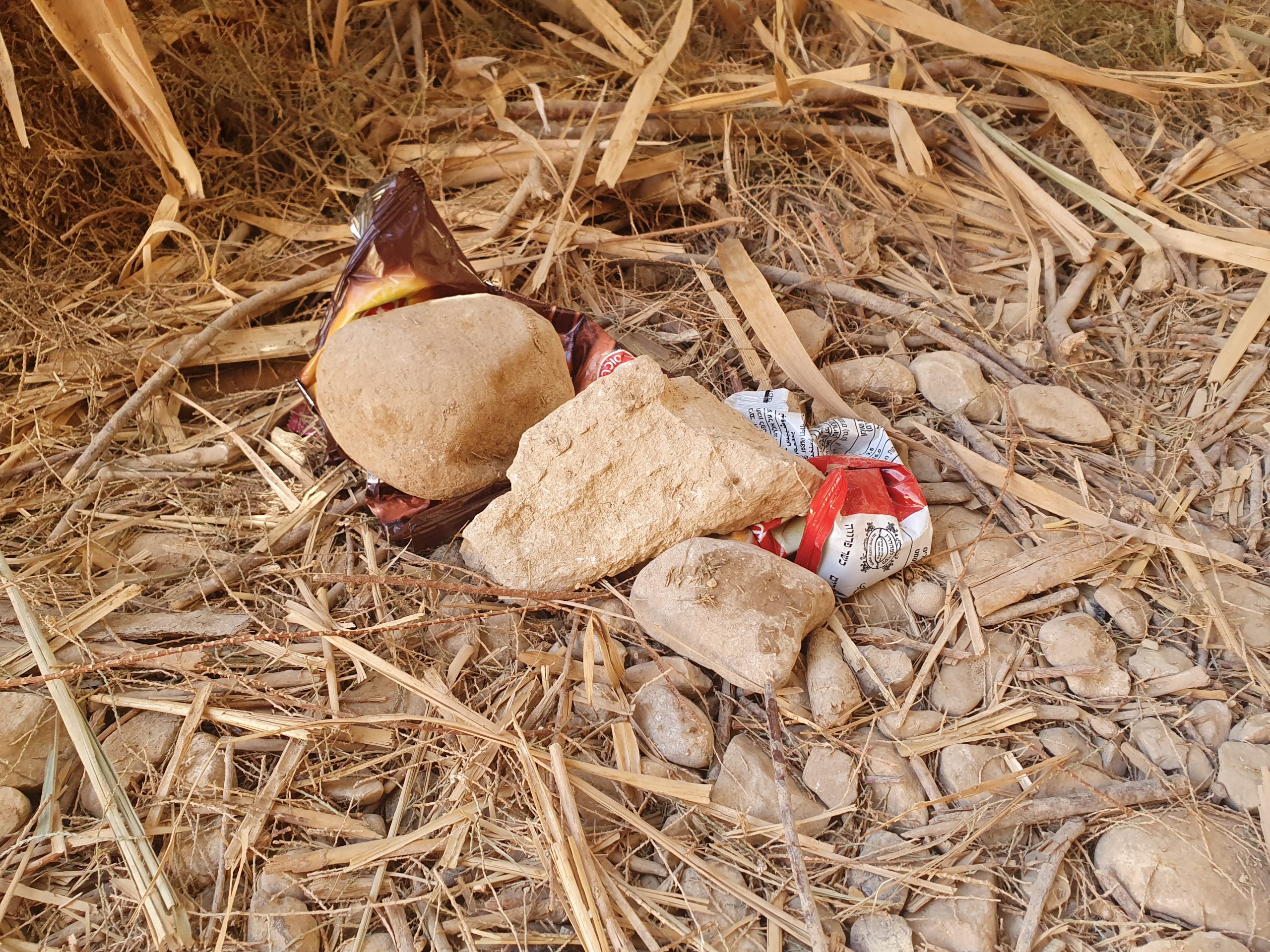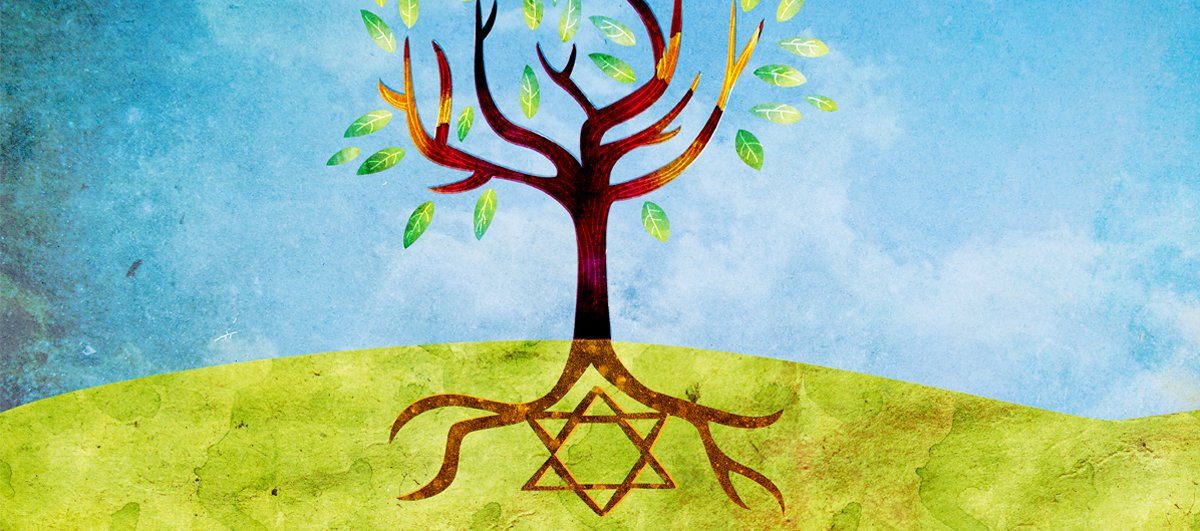Rooted in History
May 3, 2021The first Israeli study of its kind examined how the important archeological site in Beit She'arim can be saved from the roots of the trees that penetrate it without harming the trees themselves.
Located in the lower foothills of the Galilee region of northern Israel, lies the intact burial caves of Beit She’arim, an ancient Roman-era Jewish village dating back from the 1st century BCE to the 3rd century CE. Decorated with paintings and inscriptions written in Greek, Aramaic, and Hebrew, the necropolis was the final resting place for many Jewish dignitaries following the destruction of the Second Temple.
Located near Kiryat Tivon, the Beit She’arim site was recognized as a UNESCO World Heritage Site in 2015. In addition to the old town, synagogue, and basilica, the local nature surrounding the site is one of the main attractions of Beit She’arim, which includes multiple hiking paths, natural vegetation, and many blooming ornamental trees.
In recent years, however, the site’s structural integrity has been put in jeopardy and not from nearby development and construction projects like one would normally expect. Rather, it is the roots of the trees above the subterranean site that are causing the problem as their root growth has penetrated through the soft limestone ceiling putting the cave in danger of collapse.
In a new Israeli study, researchers set out to identify the tree species whose roots penetrated the caves and save the historical site from any further damage without destroying or eradicating the trees themselves. If you visit the site in the near future, you can easily see the tree roots sprouting from the ceilings of the underground caves.
“The roots have penetrated all the caves of Beit She’arim. This is a fundamental problem of the entire site,” says Dr. Dror Ben-Yosef, an archaeologist from the Northern District of the Nature and Parks Authority and one of the leaders of the new research.
The Clash Between Heritage and Nature
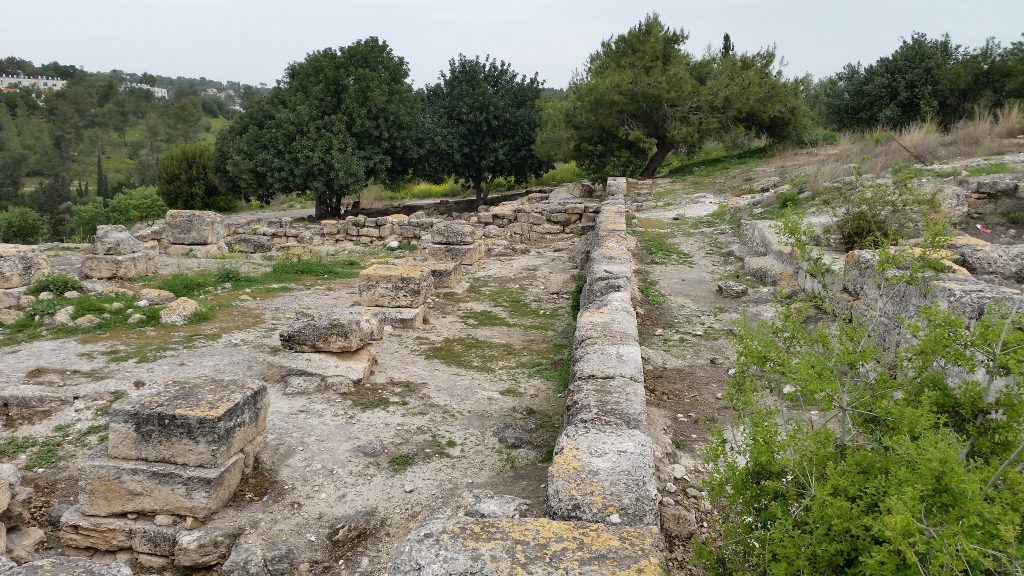
Theoretically, all the vegetation that fills the site could all be simply cut down in order to protect the historic caves. Although, there is no doubt that this solution is far from ideal, especially considering its world heritage designation.
“The beautiful grove and forests of the local Israeli vegetation in Beit She’arim are part of the atmosphere and the experience of the visit,” says Dr. Tamir Klein from the Department of Plant and Environmental Sciences at the Weizmann Institute of Science, one of the leaders of the new research.
Recently published in the scientific journal Plants People Planet, the study aims to find a solution to the problem that will both preserve the physical site and minimize natural damage.
“This is the first time in the world that this type of research has been done,” says Ben-Yosef. “We have not found literature studies that discuss the relationship between roots and antiquity and how to identify and eliminate invasive and pervasive roots.”
The Root of the Problem
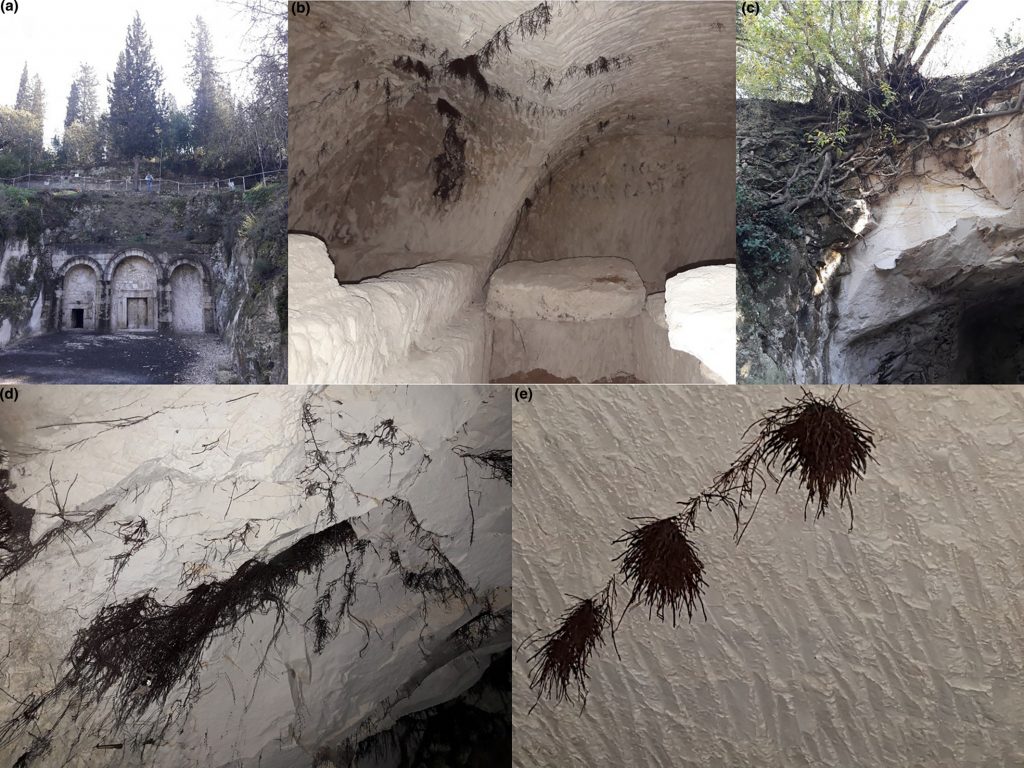
“We quickly realized that the biggest problem is identifying the trees that are sending their roots so deep,” Klein says. According to him, identifying a tree by its roots is a difficult and complex task.
“Sometimes we even smell or taste roots to identify which tree they belong to. Many times, someone can swear it is the roots of a carob tree, for example, and in the end, it turns out that they are the roots of an oak tree.”
The invasive roots were identified by two methods: morpho-anatomical examination and DNA barcoding in Klein’s laboratory. One of the main difficulties in the genetic aspect of the study was that Mediterranean plants are underrepresented in global DNA databases, so the researchers had little to compare the samples they collected to. Like fingerprints, an imprint itself carries little significance without a database full of identified species to compare it to.
“We had to add these species to the existing database,” Klein says. “So, we went to the Tel Aviv Botanical Garden, which is the best authority in the field of tree species identification, and we sampled the DNA of leaves belonging to 19 different Mediterranean species. After uploading these sequences to the database, we were able to compare the DNAs of the roots we sampled and find out which species the roots belong to.”
After combining the results of both the anatomical and genetic tests, the researchers were able to identify which tree species the 13 collected root samples collected from the caves belonged to. 7 root samples were identified as Pistacia, or mastic trees(4 Pistacia atlantica and 3 Pistacia palaestina), 2 were identified as Cupressus sempervirens, or Mediterranean cypress, and the other root samples belonged to aleppo pine (Pinus halepensis), judas tree (Cercis siliquastrum), caper bush (Capparis spinosa), and bryony (bryonia, a flowering plant in the gourd family).
Follow Up Patiently and Carefully
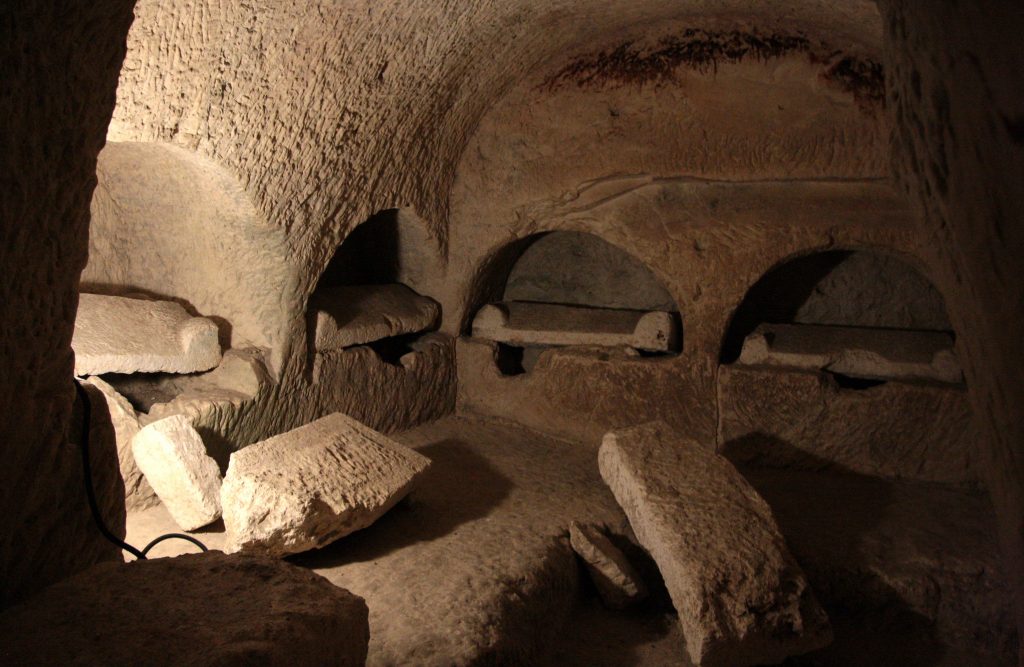
Following the study, the trees that were found to have invaded the caves were marked, and some were dried—the end results of which are similar are to felling trees without the unwanted damage that felling may create (like heavy trees falling over vulnerable caves).
Now, the Nature and Parks Authority is patiently and carefully examining the results of the drying.
“The root will rot and leave a space inside the cave, which we will have to fill with a special material that will prevent additional cracking,” says Ben-Yosef. If all goes well, park authority officials are expected to expand the activity to the other trees whose roots have invaded the caves as well and later also remove the tree stumps from the area. At the same time, given the well-known and beloved status of Beit She’arim, the Information Division of the Nature and Parks Authority will inform the public of the actions taking place on the site and their importance.
“Identifying the roots enables the implementation of mutual solutions that combine the desire to preserve nature along with the desire to preserve the heritage,” says Klein.
“The research that our team deals with on a daily basis focuses on researching the ecology of the forest through the roots,” says Klein. “So, it was nice that we could help with a matter that is different and special.”
“There is no scientific literature on the subject, so this research is basically a one-of-a-kind experiment that we are doing in the field, and it includes a series of actions that are completely new in the world of research. Others in the world will be able to learn from us how to act in such a case.” Ben-Yosef concludes.
This ZAVIT Article was also published in The Jerusalem Post on 2 May 2021

